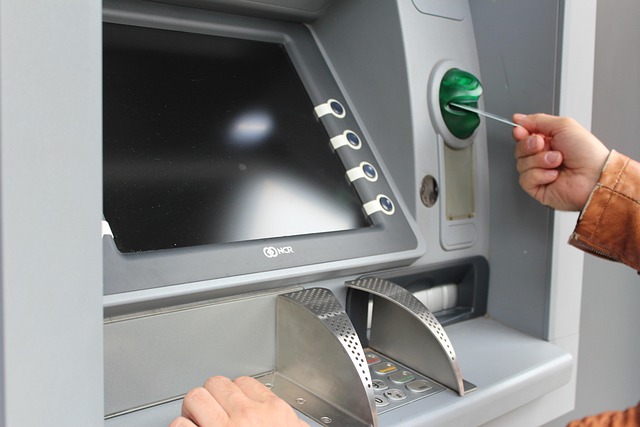Evaluating Texas title loan risk assessment involves verifying borrower income and employment, checking credit scores, appraising vehicle condition and market value using advanced tools, diversifying loan portfolios, and offering flexible repayment options to mitigate hazards for both lenders and borrowers in the competitive Texas lending market.
In the competitive landscape of Texas’s financial services, understanding the nuances of title loan risk assessment is paramount for lenders. This article delves into the critical components of evaluating creditworthiness in Texas title loans, while also exploring methods to assess vehicle condition and market value accurately. Additionally, it highlights effective risk mitigation strategies that not only safeguard lenders but also foster a robust and fair lending environment. By exploring these key areas, we aim to provide a comprehensive guide for navigating the complexities of Texas title loan risk assessment.
- Evaluating Creditworthiness in Texas Title Loans
- Assessing Vehicle Condition and Market Value
- Risk Mitigation Strategies for Lenders
Evaluating Creditworthiness in Texas Title Loans

When assessing the risk associated with Texas title loans, evaluating the creditworthiness of borrowers is a critical step. Lenders in this state often offer secured loans backed by vehicles, such as cars or semi-trucks, which serve as collateral. The loan requirements typically include verifying the borrower’s income, employment status, and their ability to repay the loan within the agreed-upon timeframe. This process involves checking credit scores, which provide insights into the borrower’s financial history and reliability.
For instance, borrowers seeking semi truck loans in Texas will need to demonstrate a steady source of income and a good credit standing. Lenders may also consider other factors like employment duration, outstanding debts, and existing loan obligations. By assessing these aspects, lenders can gauge the borrower’s overall financial health and make informed decisions regarding loan approval and interest rates, ensuring both parties are protected in this secured loan arrangement.
Assessing Vehicle Condition and Market Value

When conducting a Texas title loan risk assessment, evaluating the condition and market value of vehicles is paramount. Lenders must thoroughly inspect the physical state of the collateral, considering factors such as mileage, wear and tear, accident history, and overall maintenance. These elements significantly impact both the vehicle’s functionality and its worth in the secondary market.
Accurate vehicle valuation methods are crucial for mitigating risk and ensuring fair lending practices. Utilizing advanced appraisal tools and comparing data from various sources—including historical sales records, industry standards, and specialized automotive databases—helps lenders determine a precise market value. This approach not only protects lenders from potential losses but also offers borrowers a transparent understanding of their asset’s true worth, fostering trust in the process, especially when considering alternatives like motorcycle title loans or emergency funding solutions.
Risk Mitigation Strategies for Lenders

In the realm of Texas title loan risk assessment, lenders must employ robust strategies to mitigate potential hazards and ensure responsible lending practices. One effective approach is adopting a comprehensive vehicle valuation method that goes beyond traditional appraisal techniques. By integrating advanced data analytics and online application platforms, lenders can access real-time market trends and historical vehicle data, enabling them to accurately evaluate a collateralized asset’s worth. This digital transformation facilitates a more precise and efficient Texas title loan risk assessment process.
Additionally, these financial institutions can minimize risks by diversifying their loan portfolios, implementing robust credit scoring models, and offering flexible repayment options tailored to borrowers’ needs. Such strategies not only safeguard the lender but also provide individuals with much-needed financial assistance, as it transforms a seemingly high-risk scenario into a sustainable and mutually beneficial arrangement. This balance between risk management and extending financial solutions is crucial in today’s competitive lending landscape.
In conclusion, understanding Texas title loan risk assessment and vehicle valuation methods is paramount for lenders to mitigate risks and ensure responsible lending practices. By evaluating creditworthiness through robust algorithms and assessing vehicle condition accurately, lenders can make informed decisions while offering fair terms to borrowers. Adopting effective risk mitigation strategies tailored to the Texas market not only protects lenders but also fosters a sustainable and transparent lending ecosystem.






